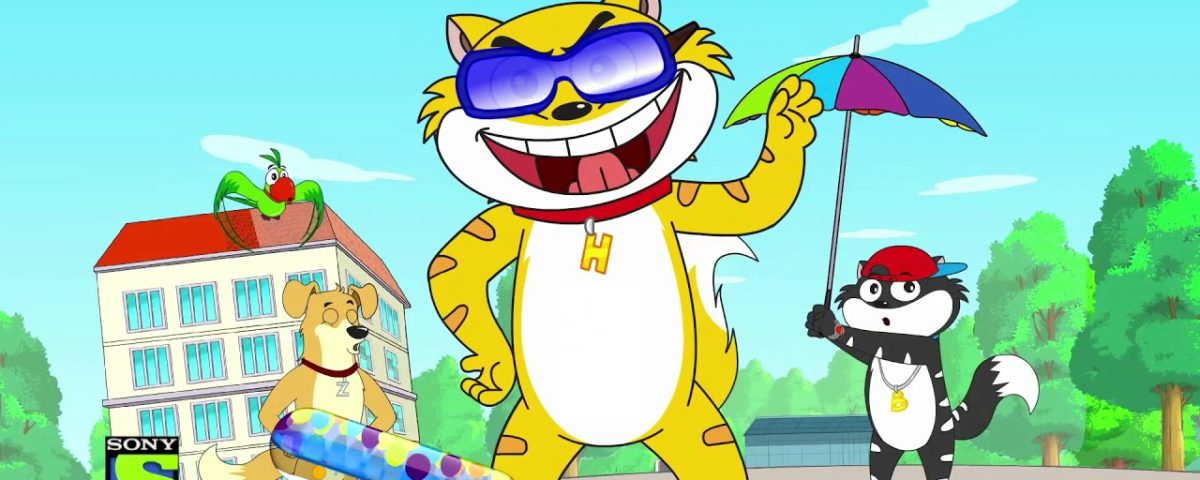
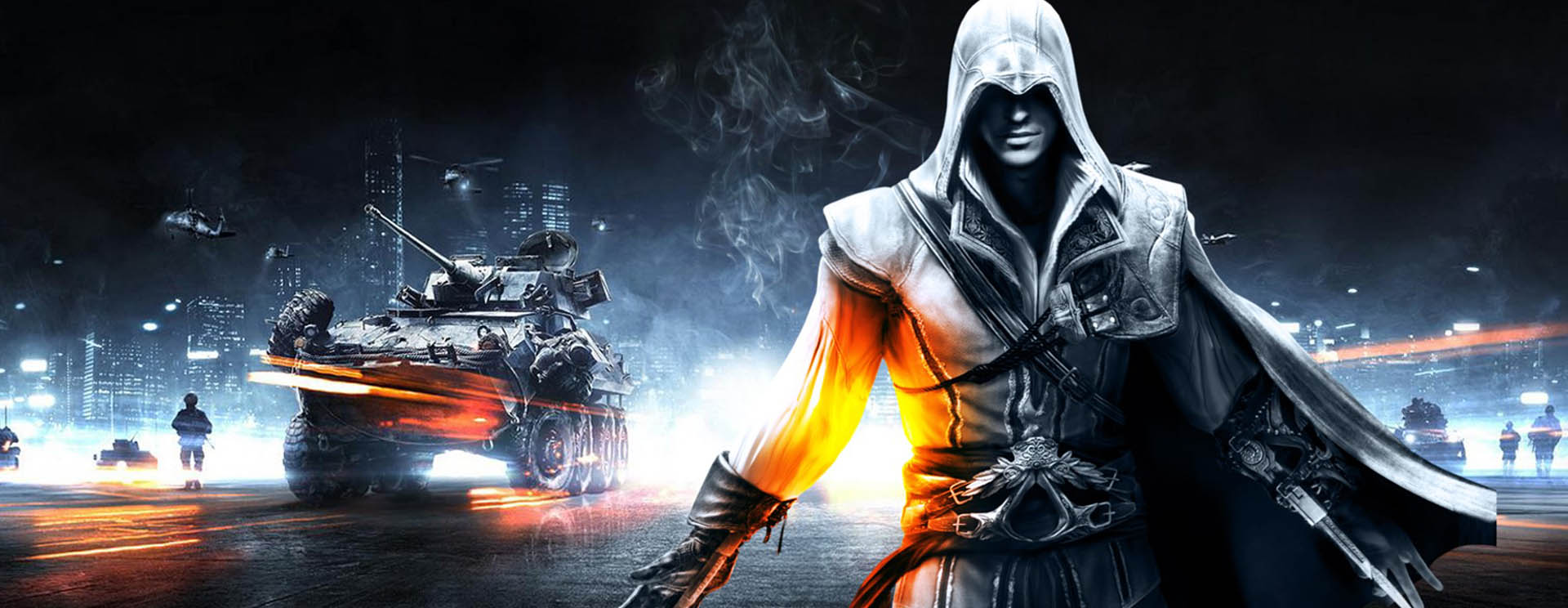
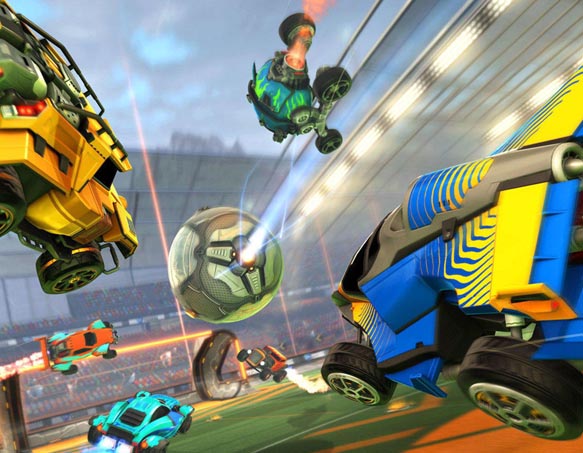
B.DESIGN IN GAME DESIGN & DEVELOPMENT
Game design is the art of applying design and aesthetics to create a game. Game design also refers to how one plays the game. What are the rules? How is the game scored? How does the level of difficulty change with play? What makes the game fun or challenging?
Game designers take the creative lead in imagining and bringing to life video game worlds. Game designers are an important part of a comprehensive team of designers and developers that coordinate the complex task of creating a new video game. Game designers have duties like designing characters, levels, props, user interface, puzzles, game art and animation.
Game Developers use all the characters, assets, levels, sprite sheets, UI, etc. developed by the game designer & develop it into a final game using programming in different game engines.
Gaming is a booming market. The video game industry is one of the fastest growing sectors in the U.S. economy. Digital gaming sales hit record $61 billion in 2015. In 2013, video game companies sold 160 million units, leading to an astounding $15.4 billion in software revenue and $21.53 billion overall.
ABOUT
Game design is the process of designing the content and rules of a video game in the pre-production stage and designing the gameplay, environment, storyline, and characters in the production stage. The designer of a game is very much like the director of a film; the designer is the visionary of the game and controls the artistic and technical elements of the game in fulfillment of their vision. Game design requires artistic and technical competence as well as writing skills.
Game Designers devise what a game consists of and how it plays. They plan and define all the elements of a game: its setting; structure; rules; story flow; characters; levels, the objects, props, vehicles, and devices available to the characters; interface design; and modes of play.
Many graphic elements of games are created by the designer when producing a prototype of the game, revised by the developer based on testing, and then further refined by the artist and combined with artwork as a game is prepared for publication or release. Once the game is devised, the Game Designer communicates this to the rest of the development team who create the computer code that allow the game to be played.
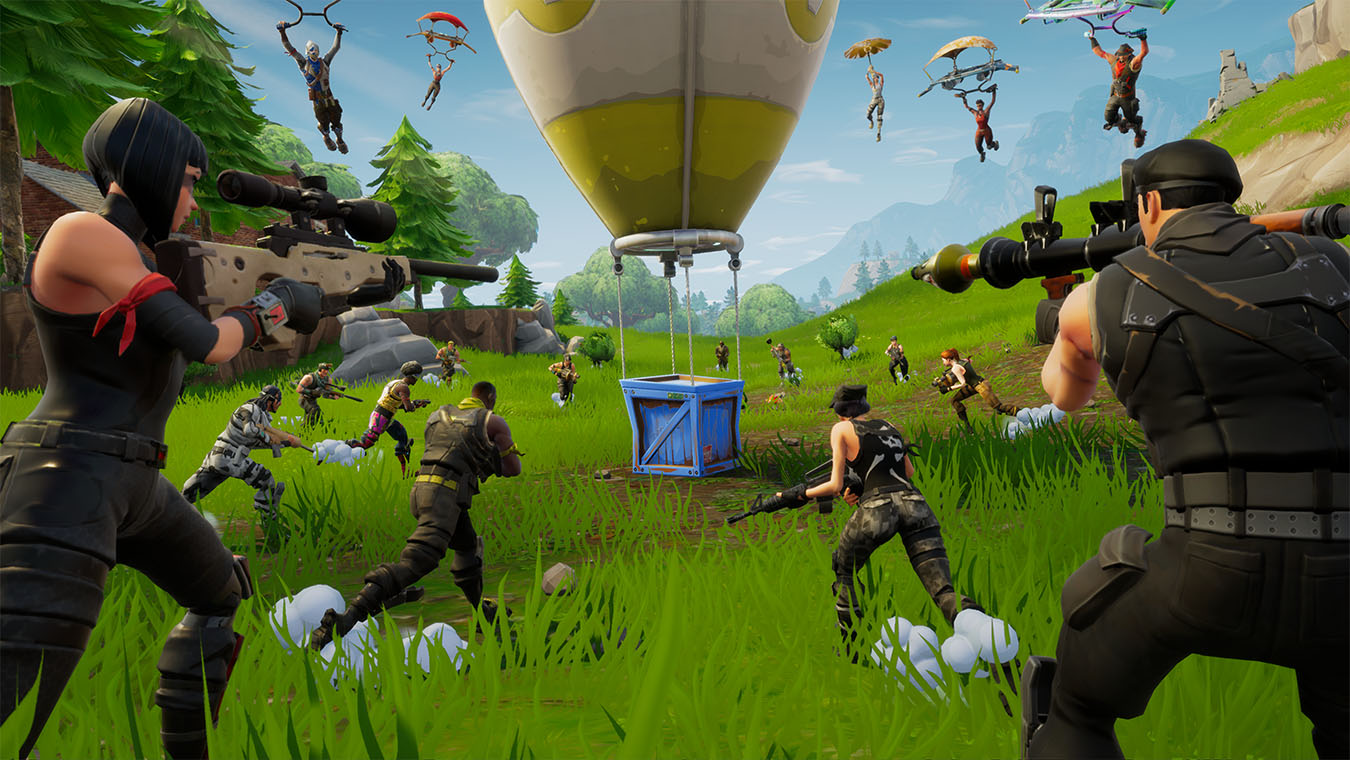

CURRICULUM
B.Design in Game Design & Development is a 4 year program. This program is a combination of Game Art, Game Design, Game Development, Level Design, Game Rules & Psychology. The course curriculum is as following:
- Fundamental of Art – Study about basic principles of art & color theory required in every design process.
- History of Games – Study of the history of games from the arrival of pong till the modern era.
- Fundamentals of Game Design – Learn about Game Genres, People involved in game design, Elements of Gameplay, Level Design in Games, Asset Creation for games, Stages of Production in the Game Pipeline, Artificial Intelligence in Games
- Sketching – Still Life, Nature Study, Life Drawing, Figure Drawing, Perspective, Gesture Drawing, Landscape, Coloring through different mediums.
- Principles of Animation (Lightbox) – Study of the 12 principles of animation through various assignments on lightbox like bouncing ball, flour sack animation, etc.
- Pre-Production I (Character Design & Backgrounds for Games) – Itroduction to character design & turnaround for games . Introduction to Backgrounds & layouts for games. This also includes case studies & adapting styles to create new characters & backgrounds.
- Introduction to Digital Tools I (Photoshop & Illustrator) – Use of photoshop & illustrator to create concept art, character design & making layouts & background for games with coloring.
- Introduction to game programming in C#, C & Python
- Nonlinear Storytelling – Telling the story – Once upon a time, Conflict: The fuel of Story, The hero’s Journey & Structure of game story, Story Flow & Progression, Making Stories Emotional, Missions & Final Goal, Characters & arcs, Dialogues, Exposition, Believability, Different Type of Stories – Multiple Ending Stories, Branching Path Stories, Open End Stories, Fully Player driven Stories, What Players Really Want?
- Level Design – Game Design vs Level Design, Level Design Goals & Hierarchies, Level Design – levels in different games, level separation, level order, level flow. Who does level design? Components of a level – action, exploration, puzzle solving, story telling, aesthetics. Elements of a good level. Level Design Process – Preliminary, Conceptual & sketched outlines, Base architecture, base gameplay, refining gameplay, architecture, aesthetics, play testing
- Game Engine Theory – What is a game engine?, Engine Differences across genres, Real World Mechanic, Animation Mechanics, Game Rules and Mechanics, Character Mechanics, Layer Mechanic, Environment Mechanics, Mechanics for External Forces, Game Loop & Real Time Simulation, Human Interface Devices (HID), Rendering Engine, Game Play Systems, Human Interface Devices
- Storytelling & Level Design for 2D Games – Write your own story for a 2D game, Develop character for your story, Creating storyboards of your own story, Case Study of levels used in similar games, Creating levels with increasing difficulty for your own game.
- Game Assets – Developing Sprite Sheets & UI for your own 2D Game, Developing concept art for your own 2D Game, Creating animation loops for game characters like walking, running, jumping, etc. , Creating effects for game assets & exporting to be used in sprite sheets.
- Spine: Using spine to create 2D Animation for 2d Games.
- Game Engine (Unity 2D) – Learning Unity for 2D games, Character Building in Unity, Introducing the Unity Sprite System, Sprite Animation, NPC’s & Interaction, Types of maps, Screen Space & World Space, Efficient RPG UI overlays, Levelling Up, Balancing, Preparing the battle manager script, beefing up the enemy, selecting a target, mixing up 2D & 3D, Particle effects & 2D, creating materials for particle effects, Building in game menu structures, Handling Platform differences.
- Game programming for Unity 2D – Programming on Unity for 2D Games.
- Final 2d Game Design Project – Creating your own 2D Game from concept to the final playable game & game testing of the same.
- Game Psychology – Why do people cheat hack & peek at Strategy Guides, Nostalgia about old games, why are Fanboys and Fangirls so ready for a fight? How do games get us to keep score and compete? How do games get us to grind, complete side quests, and chase achievements? How do developers keep us so excited about new loot? How do games make us feel immersed in imaginary worlds? The Building block of emotional design, designing for multiplayer emotions, using movement design to create emotions and connections, Bridging distance to create intimacy and connection.
- Game Feel – Defining Game Feel, Principles of Game Feel, Game Feel and Human Perception, The Game Feel Model of Interactivity, Mechanics of Game Feel, Metrics for Game Feel – Input Metrics, Response Metrics, Context Metrics, Polish Metrics, Metaphor Metrics, Rules Metrics.
- Defining Rules for Games – Defining Rules, Rules on Three Levels, The Rules of Digital Games, Games as Emergent Systems, Games as Systems of Uncertainty, Games as Information Theory Systems, Games as Systems of Information, Games as Cybernetic Systems, Games as Game Theory Systems, Games as Systems of Conflict, Breaking the Rules.
- Alternative Character Design – Study of human & animal anatomy for 3D Modeling, Creating anthropomorphic character, Study of Costumes, Making aliens, villains, superheros,etc.
- 3D Modeling & Texturing – (Maya & Substance Painter) – Creating Hard Surface Model, Organic & Inorganic Modelling, Character Models – High Poly & Low Poly both, 4 Legged characters, Game Characters, Game Environment 3D Modelling, Creating hair on a character.
- Digital Sculpting (Z-Brush) – Creating highly detailed complex 3D characters on ZBrush.
- 3D Rigging & Animation (Maya) – Rigging for organic & inorganic models, Learning 3D Animation for characters & props.
- Game Engine (Unreal) – Learning Unreal Engine for 3D Games, Advance game programming for Unreal Engine
- Artificial Intelligence in Gaming – What is AI?, Academic AI & Game AI Differences, Model of Game AI, What are algorithms, data structures & representations, The Complexity Fallacy, Kinds of AI in Games, Speed & memory – Processor Issues, Memory Concerns, PC Constraints, Console Constraints, The AI Engine – Structure of AI Engine.
- Virtual Reality – What is Virtual Reality – Stereoscopic Displays, Motion Tracking Hardware, Input Devices, Computing Platforms, Applications of Virtual Reality – 360º panoramas, etc. Virtual Reality Hardware – What is Oculus Rift, Samsung Gear VR, Google Card Board, Describe VR Input Devices, How is VR used in Game Engines?
- Game Production & Management – Introduction – Production cycle, pre-production, production, testing, post production, Project Management Methods, Developer and Publisher Relationships – Pitching a game to a publisher, financing options, Managing developer publisher relationships, third party game approval, Game Plan – Schedule, staffing, budgets, outsourcing, middleware, Game Build & Testing – Build process, multilingual builds, build notes, preventing piracy, Testing Schedule, testing pipeline, testing cycle, external testing, game documentations.
- Level Design (3D Games) – Developing 3D Levels & Environments for your own 3D Game
- Game Assets (3D Games) – Study of props in 3d games, Designing game props like Weapons, Vechiles, etc. according to requirement of the game. Study of Game Characters in 3D Games, Developing Game Characters for different genres of 3D games, Rigging & adding controllers in game characters, Creating animation loops like walk, run, jump, attack, etc. based on the game requirement to be used in Unity. Baked 3D Animation. Moving assets by deformation.
- Game Engine (Unity 3D & Unreal) – Introduction to Unity 3D, Scripting, Polish and Deploy, Real World Mechanics, Animation Mechanics, Developing graphics for your game – Building basic 3D scenery, whiteboxing, texturing the scene with 2D images, generating sky visuals using texture images, working with custom 3D models, creating effects using particle systems, Putting a 2D GUI in a 3D Game, Creating third person 3D Game, Collision and Rigid Body Dynamics, Levelling Up, Balancing, Preparing the battle manager script, beefing up the enemy, selecting a target, mixing up 2D & 3D, Particle effects, creating materials for particle effects.
- Final 3D Game Design Project – Developing your own 3d game in unity/unreal for multiple platforms from concept to final playable game with proper game testing.
JOB OPPORTUNITIES
The video game industry is one of the few markets that continues to grow, even during recession. In India, joining salaries are around Rs 7 – 20 lakh per annum for game designers. Abroad – The average salary across the entire game industry is $60,000 – $80,000 (40 Lacs – 56 lacs per annum).
Game designers can work in –
- Big Gaming Companies like EA, Nintendo, Ubisoft, Rockstar Games, Blizzard Entertainment, Sega, etc.
- Small Gaming Companies like 19Studios, 99Games, Games2Win, GameEon Infotech, Zebu Games, etc.
- Animation Production Houses
- In Colleges as lecturers & teachers
- Start your own Gaming Company.
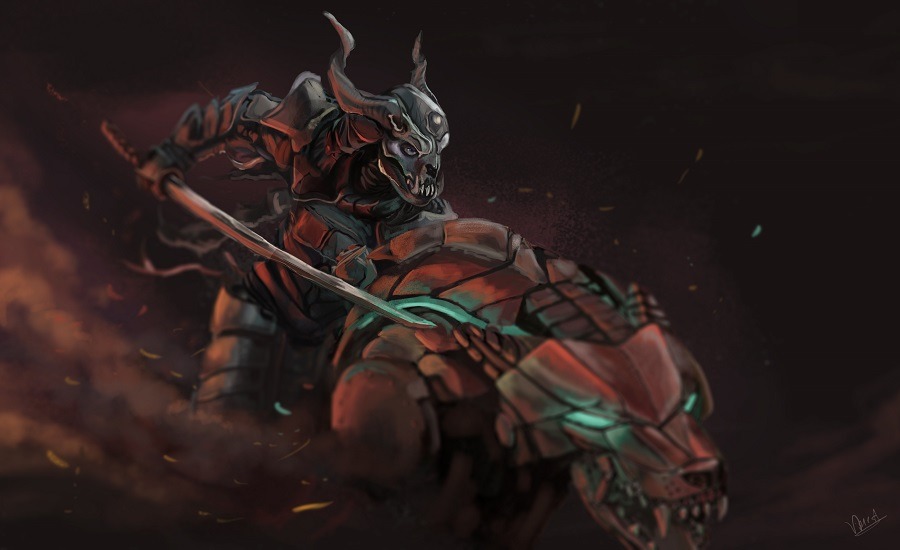
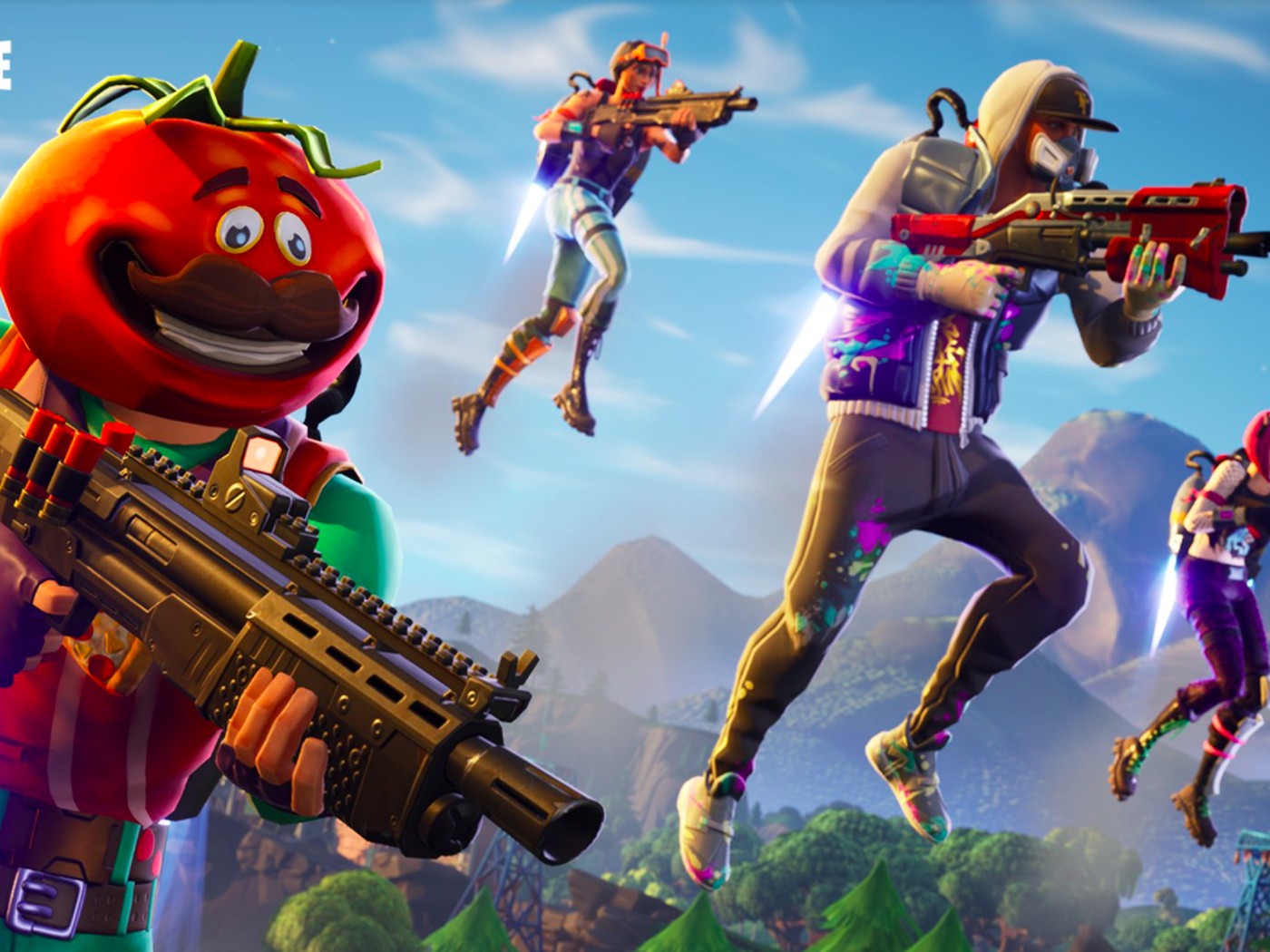
APPLY NOW
Admissions at Artemisia college degree courses are through the ACAD Entrance TEST or through Portfolio Submission which is followed by a Personal Interview. To apply for admission please read and do any of the following –
A. Complete the online admission form by clicking the button below and pay the Admission Test Fee of Rs. 1000/- online to give the ACAD Entrance Exam.
OR
B. Students can apply for early admission by submitting their creative work (portfolio). Their work will be evaluated upon submission. If approved, the student will not have to give the ACAD Entrance Test & will be granted admission after personal interview. If the student’s work is not approved, he/she can still sit for the ACAD Entrance Test. Students can upload their portfolio & apply for early admission by clicking the button below.
